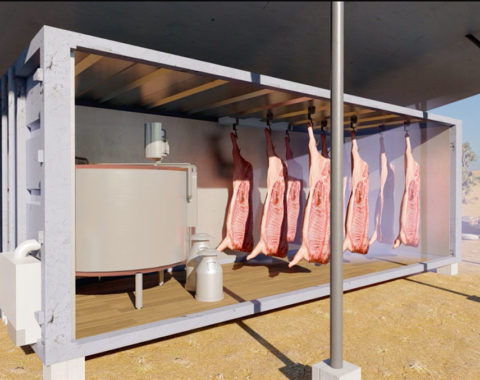Kenya is a global player in various international frameworks associated with the pressing national concerns such as the climate change and sustainable development. The government has its long-term development blueprint, the Vision 2030 which charts the country’s social, political and economic pathways to sustainable development.
In 2016, Kenya was among countries that ratified the Paris Agreement and submitted a very ambitious commitment to reduce its greenhouse gas emissions by 30% by the year 2030. Our country was also a key player in the formulation and adoption of the 2030 Agenda for Sustainable Development, also called the Sustainable Development Goals (SDGs) or the Global Goals), a 17-point agenda set by the United Nations (UN) to steer the course of global development from 2016 to 2030. It is envisioned that when the goals are finally realised, nations will be able to forge lasting partnerships that would ensure the most vulnerable are pulled from poverty so that there is shared prosperity.
Related article: Enhancing Sustainable Livelihoods Through Permaculture in the Arid Plains of Laikipia
In attempting to enhance Kenya’s economic development, President Uhuru Kenyatta during his inauguration speech for the second term, unveiled the Big Four Agenda on food security, affordable housing, manufacturing and affordable healthcare. Kenya’s current development plans are aligned towards these priorities.
Under the Big Four Agenda, the government plans to create 1.3 million jobs in the manufacturing sector by 2022. It is also envisioned that manufacturing will pave the way for Kenya’s future: moving from a lower middle-income to an upper middle-income economy by the year 2030. All the four agenda items are undoubtedly important pillars in enabling the achievement of SDGs. Whether they do end up supporting the attainment of SDGs or not will so much depend on the economic strategy chosen; policy choices embedded in such a strategy; as well as the ways and means of implementation. But an economic growth path that is widening inequalities leaves experts worried whether all these notable efforts would help the country meet its stated Vision 2030 and global ambitions.
The SDG’s framework especially the targets under SDG 8 (on Decent Work and Economic Growth) and SDG 10 (on Reduced Inequalities), provide a guideline for an equitable and sustainable future and if implemented through Kenya Vision 2030, would stimulate development and lead to sustainable economic growth by creating decent and equitable jobs.
The journey towards achieving Vision 2030, the SDGs and the commitments under the Paris Agreement will require identifying and linking of the local aspirations with the global development framework. For example, the economic pillar under Kenya’s Vision 2030 which aims at maintaining economic growth at 10% per annum should be linked to SDG Goal eight and SDG 10.
There also needs to be a paradigm shift in the way we think and innovate, especially in the wake of rapid advances in digital technology which are redefining our world of digitalisation not only in the manufacturing sector but also across all the other sectors of the economy. It will be important for Kenya to rethink what digitalisation means for global supply chains for instance; Kenya’s place in digitalisation and, as a consequence, which jobs can be created in it for the benefit of Kenyans.
Lastly, it needs to be considered whether Kenyans have the relevant skills to tap into the globally changing labour market provided in the digital era and what to do to overcome skills gap. For a transition to a more equal, socially just and ecologically sustainable economic model, Kenya would have to take into account global trends and aggressively embark on them.
By Robert Muthami, a Programme Coordinator at Friedrich-Ebert-Stiftung, Kenya Office










